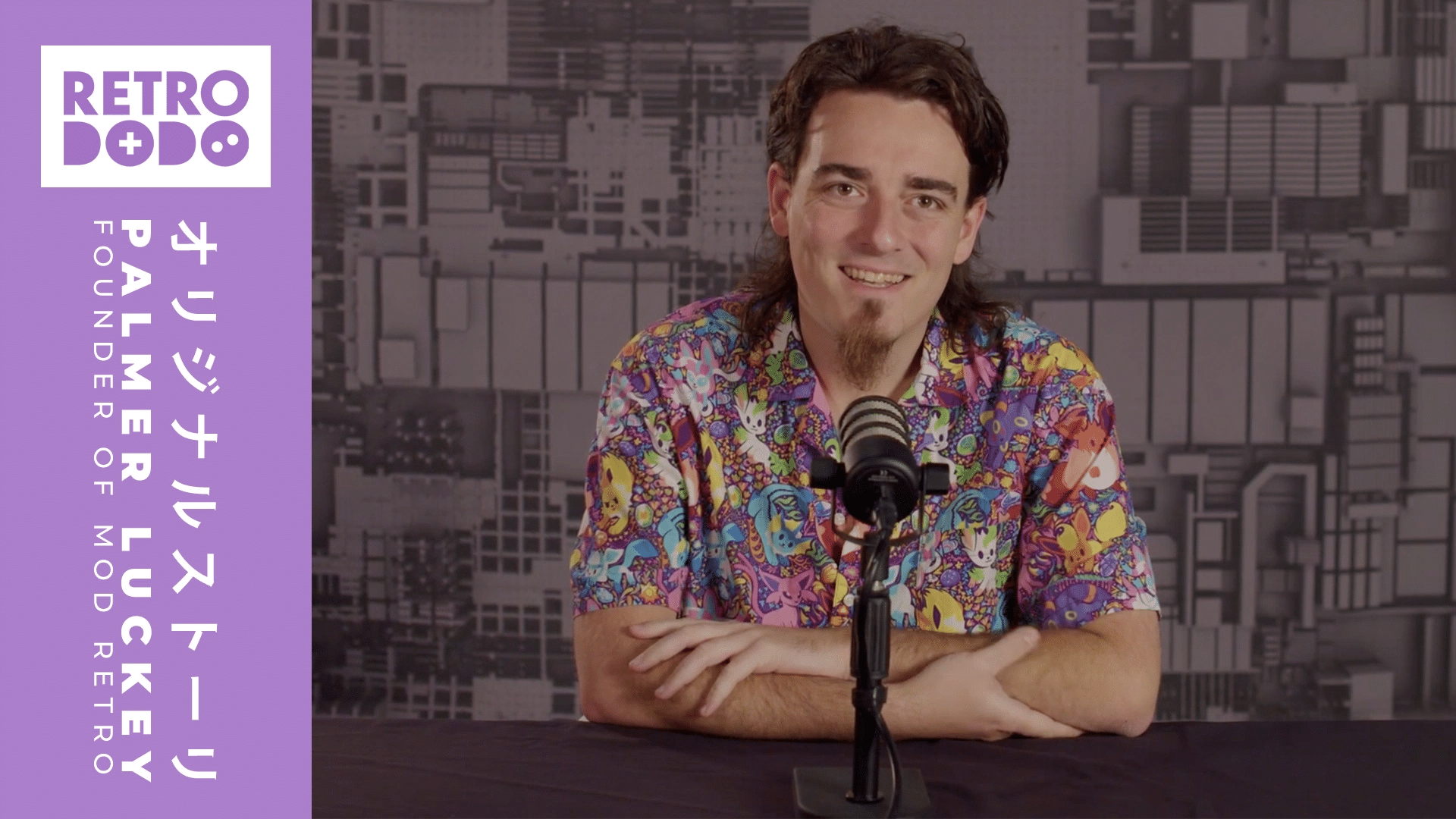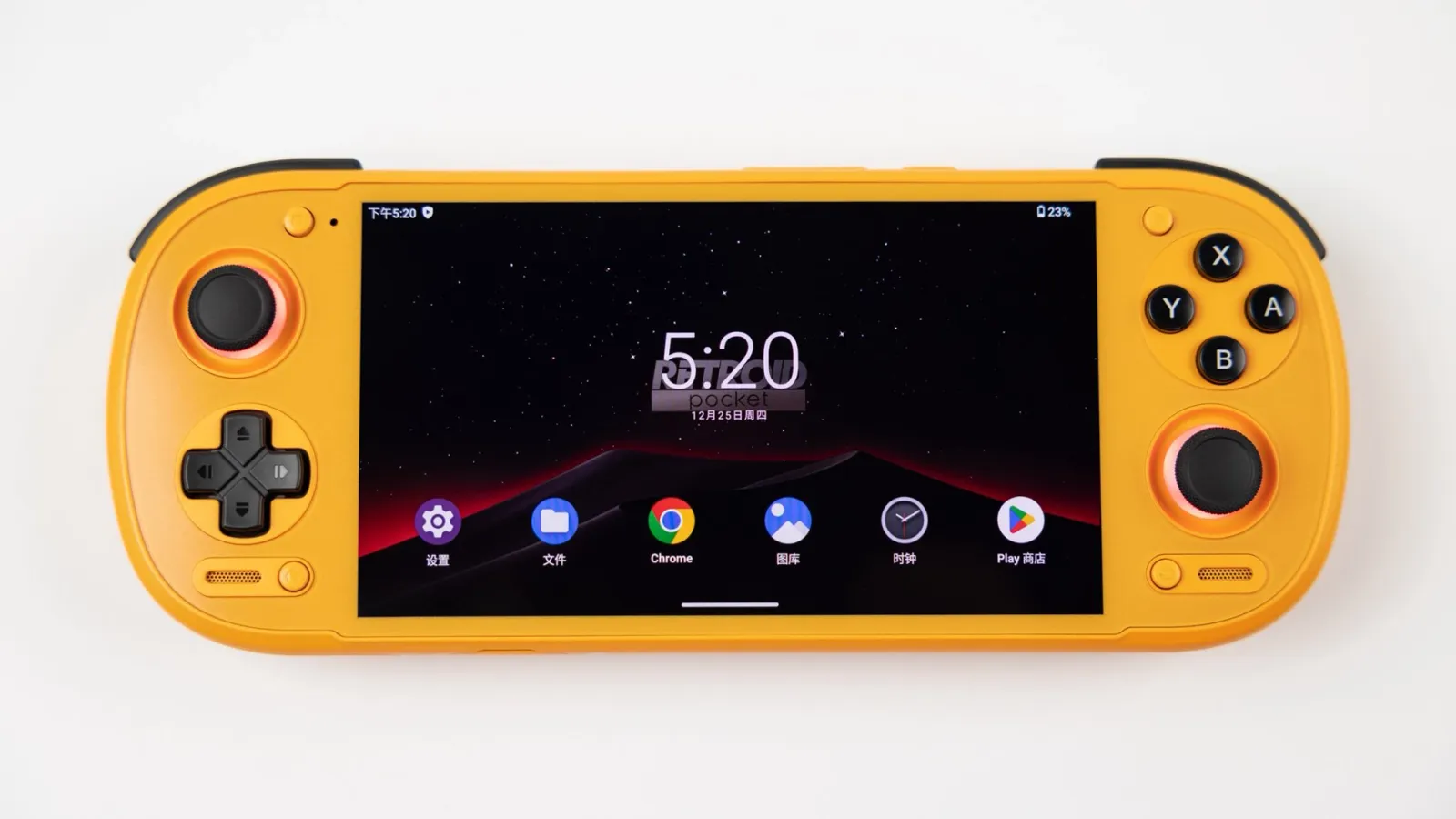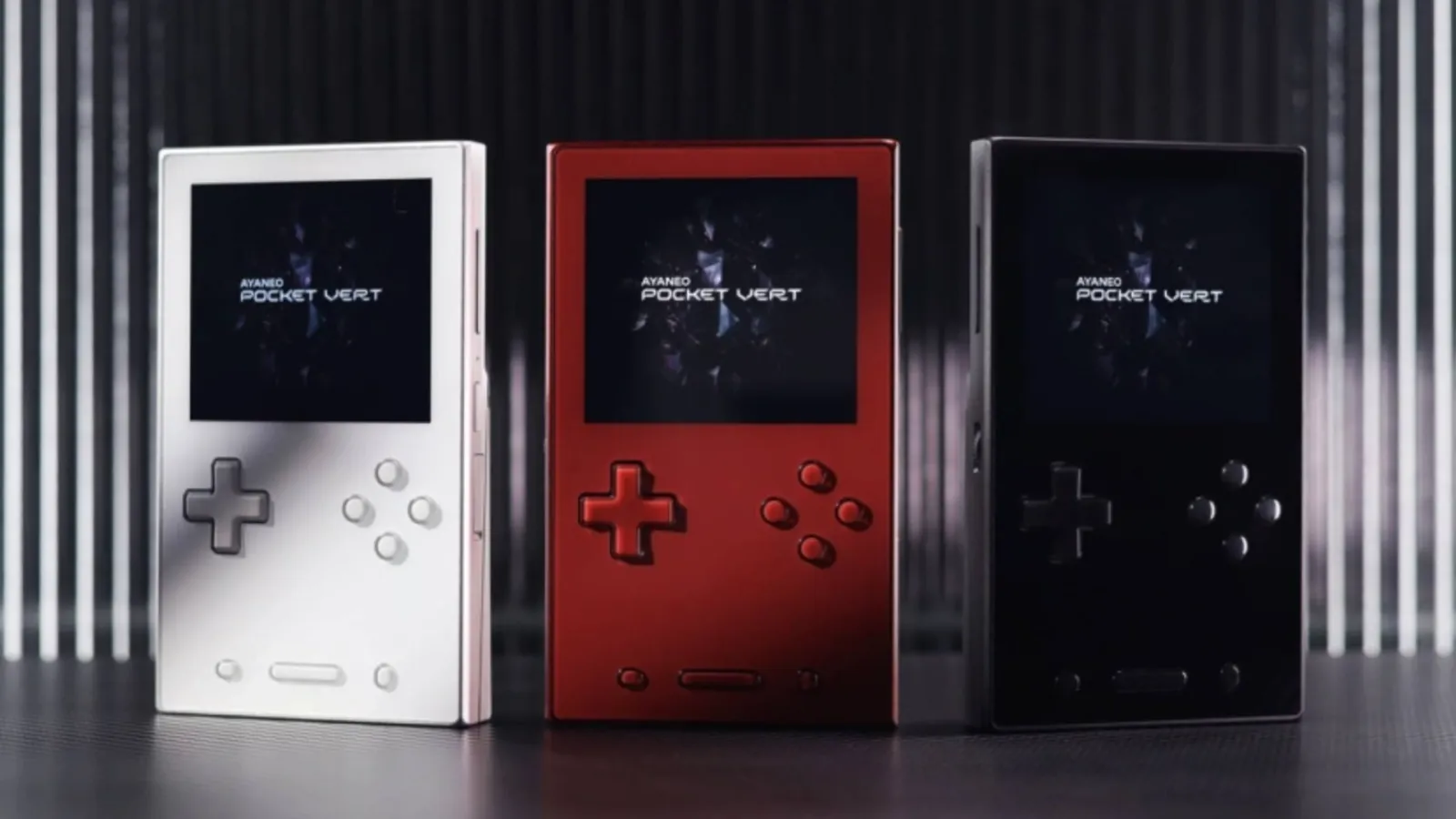Few people know as much about creating handhelds as Palmer Luckey. From starting ModRetro as a teenager and modding Game Boys to creating the Chromatic in 2024, he’s certainly one of the most learned people on the scene when it comes to creating a quality product that will stand the test of time. He’s well on his way to creating the ultimate tribute to Nintendo’s iconic handheld with the Chromatic, a device that has sent waves through the Retro Gaming community of late. With a Tetris partnership for the console’s launch, a whole host of new games dropping every month, and plans to bring back rare and unreleased titles for gamers to get their hands on, the future is looking bright for ModRetro.
The article that follows comprises sections of our hour-long podcast interview with Palmer Luckey. I urge you to check out the full episode at the bottom of this article as there were so many things that we chatted about during the recording, fantastic stories and insights into the world of product development, game preservation, virtual reality, and retro gaming that were both informative and nostalgic at the same time. But for now, here’s a little teaser of our Retrospect interview with some of the highlights from our conversation!
Getting To Know Palmer Luckey
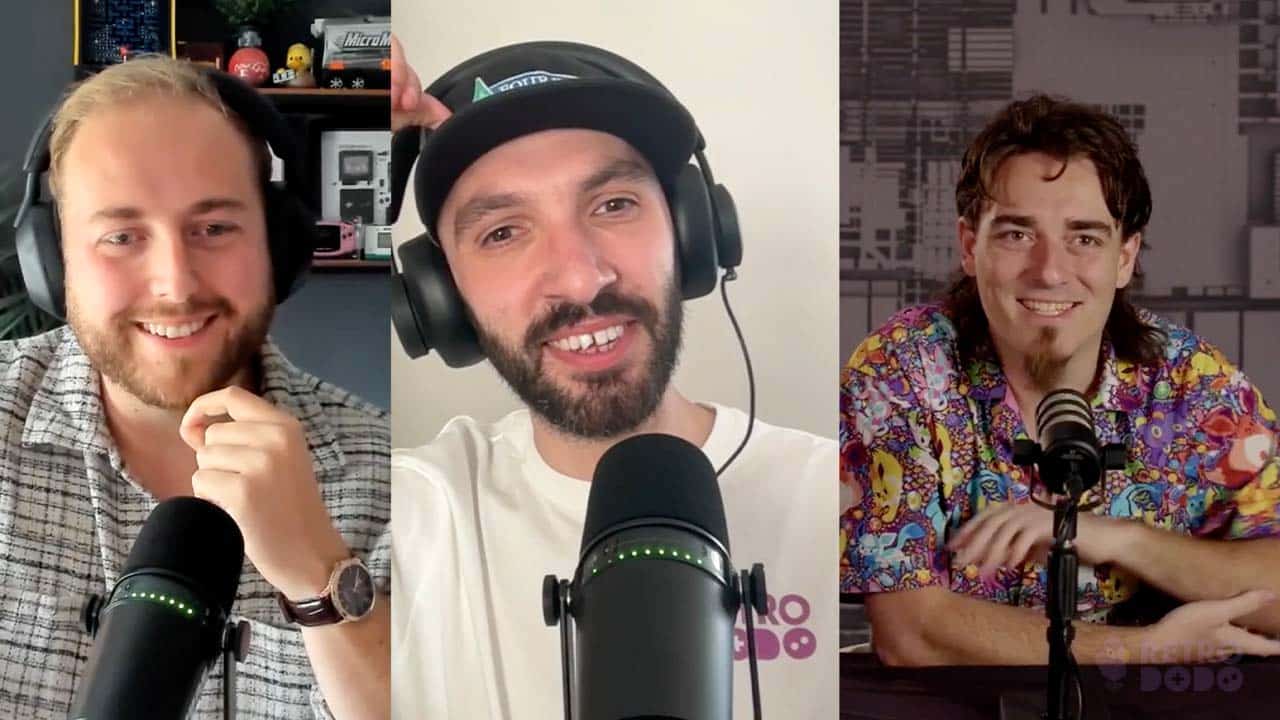
RD: Thanks for joining us, Palmer. Would you be able to introduce yourself to the members of the Retro Dodo community who have yet to discover who you are?
PL: So most people know me as the Oculus guy. I started a company called Oculus VR when I was 19 years old. It was kind of the culmination of virtual reality headset development that I’d been doing as a hobby since I was 15. That company ended up doing really well. We sold millions of virtual reality headsets. I sold it to Facebook for a lot of money, and that was how I got the money to be able to go and do all kinds of other cool stuff.
PL: These days, I work in the national security space, building autonomous weapons, sensors, AI fighter jets for the Air Force, all kinds of cool stuff on that side. Happy to talk about that if you want, but I think most of what we’re here to talk about is something most people don’t really know about me, which is that before I started Oculus VR, the first thing I ever did was start ModRetro, a company I started when I was a teenager.
The Birth Of ModRetro
RD: Tell us a little bit more about ModRetro and the beginnings of the company so we can get a feel for how you got started.
PL: ModRetro was an online community for people who wanted to combine the best of modern technology with retro game systems, hardware, computers… all kinds of stuff. The real focus of the site was people building portable versions of home game consoles in particular. So, we call it portable-ising. Also, doing a lot of interesting Game Boy modifications. The types of, for example, backlit display modifications that are now like a whole cottage industry were actually pioneered largely by ModRetro members. Myself personally, I was the first person to ever LED backlight a Game Boy of any kind.
PL: I was also the first person to backlight as far as I know a Game Boy pocket in an aftermarket way, not including of course the Game Boy Lite. Nintendo really beat me to that. But that was the first thing that I fell in love with doing. At one point, ModRetro was doing millions of page views a month. We were doing a really good job of pitching the completed projects of our members to tech blogs like Engadget, Gizmodo, and Joystick, and all the other guys who are now dead and gone.
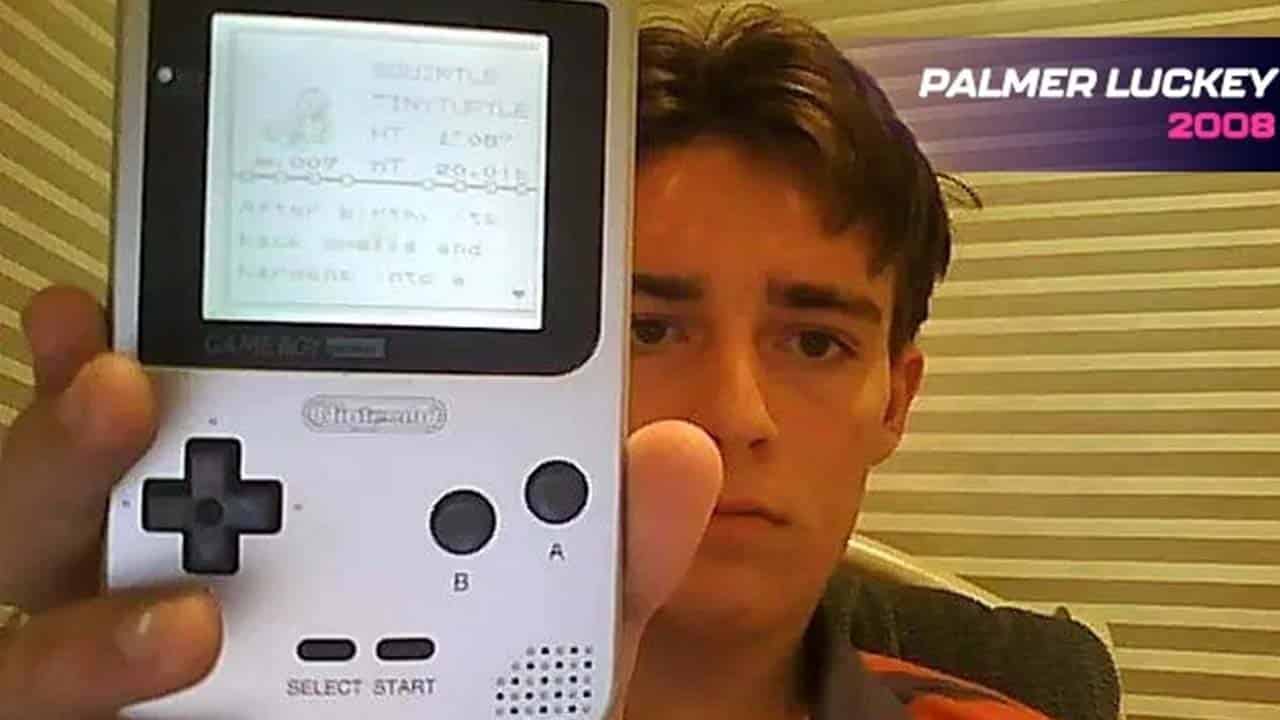
PL: But me and my buddies have had, for years, this dream of reviving ModRetro. We’ve been working on this side project of building the ultimate tribute to the Nintendo Game Boy. Kind of answering the question, what would you do if you made a Game Boy where cost was no object? But we said, okay, what would you do if you’re trying to build something that’s like an heirloom, where it’s not just the next Game Boy clone, but it’s the last one? It’s the one where you say, yep, they did it perfectly. It’s the last step. Like in 20 years, I’m hoping that nobody’s done better than the thing that I think we’re going to talk about today, which is the ModRetro Chromatic, which is the culmination of that kind of 10-year side project of me and my buddies. And we’re finally getting it out there, this ultimate tribute to the Game Boy.
RD: That’s the reason why a lot of our readers are excited that we’re talking to you today Palmer – the ModRetro Chromatic is a beautiful-looking machine that we are positive will be the ultimate tribute to the Game Boy. Let’s start with the inspiration; why the Game Boy slash Game Boy Color? Why not the Neo Geo Pocket or the Sega Game Gear, for example?
PL: I would love to come up with all kinds of interesting justifications, like market research or what people want. It’s what I want. I’m doing this for me. I think I was pretty clear about that in the launch video. I said, look, this does not make economic sense. In my case, I love the Game Boy and I love the Game Boy Color. It’s what I grew up with, a lot of my favorite games growing up with them on. I’m a big Pokemon fan.
PL: Gen 2 Pokemon was far and away the superior generation in the series. Gen 3 gets an honorable mention as the one that actually locked in the battle system to the point where it’s all like that’s what we’re dealing with today. But I’m doing it for me. I’m doing it because that’s what I love. And I’d say maybe ModRetro does do Neo Geo or Game Gear someday.
Creating The Chromatic
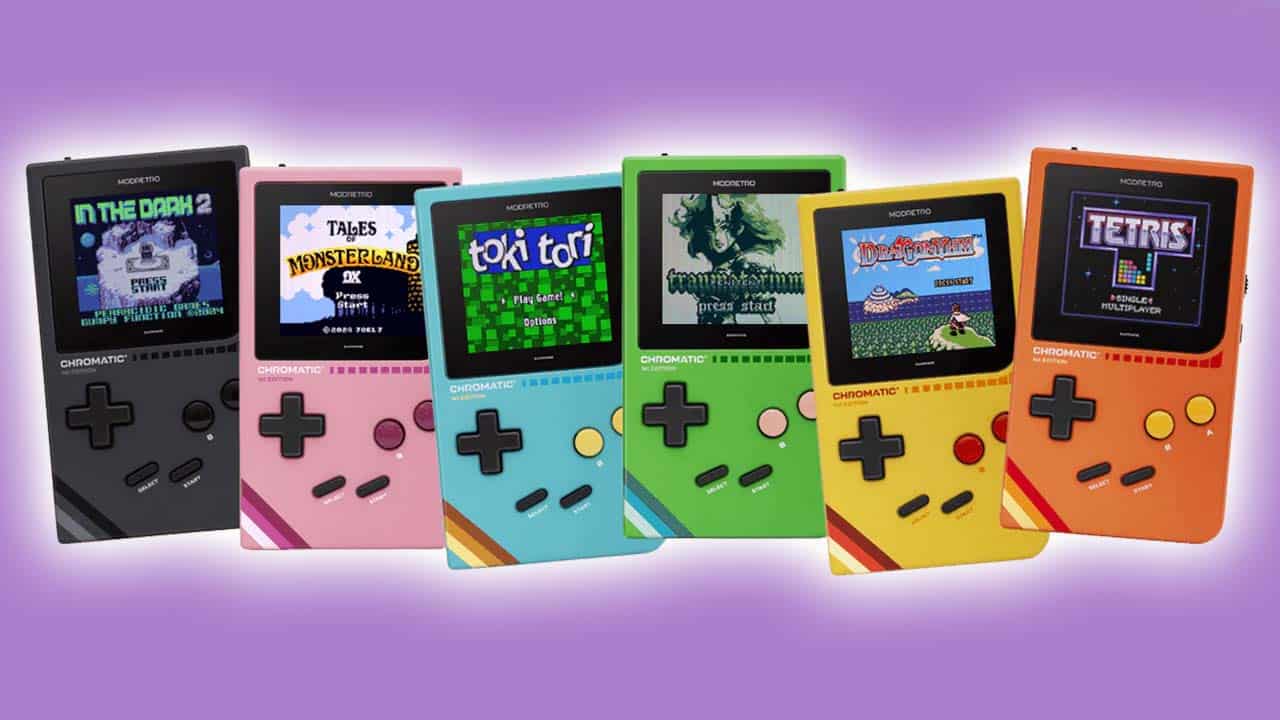
RD: So why have you designed the product the way you have, the unique pixel-accurate display, the volume wheel, the specific colors you’ve chosen for each of the designs? Let’s go into the individual choices that you made in the designing process.
PL: So, here’s a great example. We should have just used Gorilla Glass. It’s really nice. The newest, modern, latest generation Gorilla Glass is… it’s affordable, it’s mass-producible, there are lots of vendors who can work with it quite easily, and it’s very scratch-resistant. But, lab-grown sapphire crystal is even more scratch-resistant, and it’s even harder.
PL: And so, we went, we said, you know what? If you’re really trying to make the ultimate Game Boy, you’re not going to compromise. You’re going to use lab-grown sapphire crystals as your front lens. And not only are you going to use it as your front lens, you’re actually going to laminate it to the display to make sure that you get that perfect transmission with absolutely no reflection. That becomes very hard to it, and you say, well, how are you going to align this properly? It’s hard for even a lot of phone companies to do a good enough job. And we said, no, we’re just going to do it. Same thing with the display. It would have been so easy to do what a lot of other systems have done, which is use displays that are already out there, use existing displays.”
PL: You know, LCDs are basically all monochrome is the real secret. They’re monochrome liquid crystal filters, and then you have a color filter on top that can change it to red or green or blue. There’s been an enormous amount of money, billions of dollars over the course of decades, invested into making color filters that are very, very monochromatic. In other words, reproducing red, green, and blue light very, very perfectly so that you can have a wide color gamut, high color accuracy.”
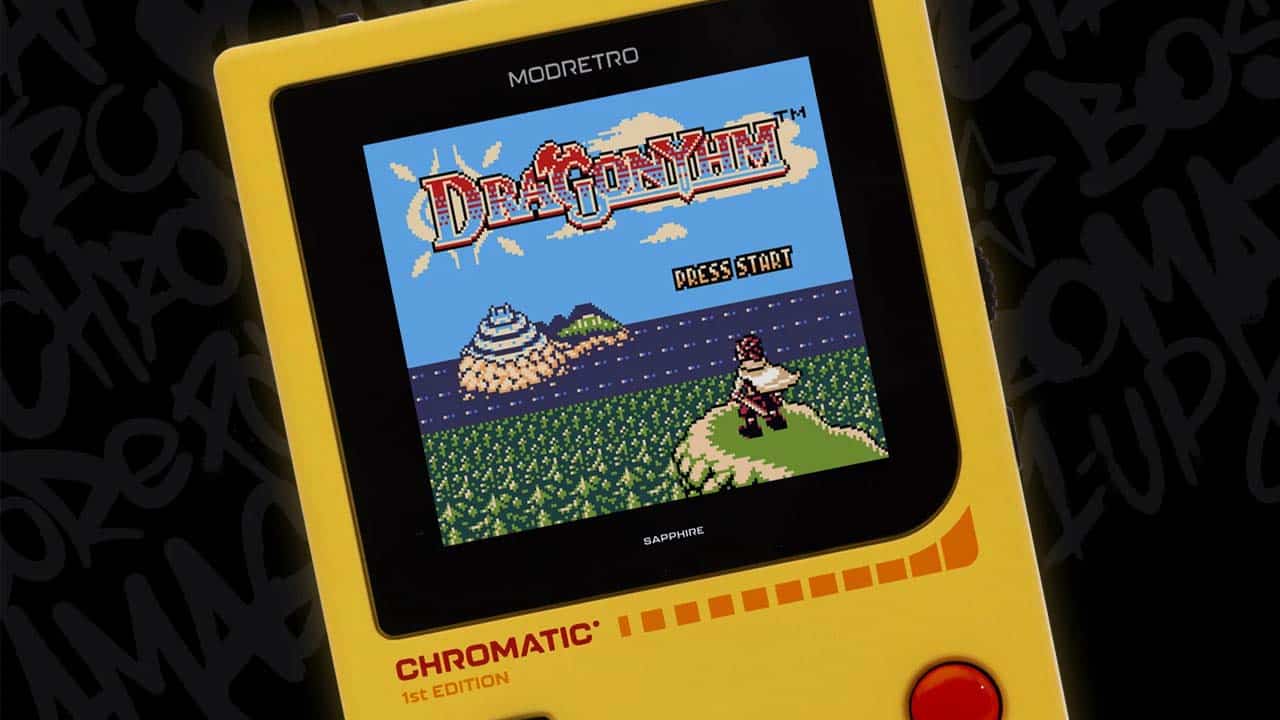
PL: In our case, we wanted the opposite. The original Game Boy Color display was actually very inaccurate and hugely skewed because it was pretty cheap technology even at the time. They were trying to make something affordable. And so if you put Pokemon Gold or Silver onto a Game Boy Color and you watch the intro video and you have that bit where Lapras swims by on the screen, it’s a nice skin tone belly on Lapras. And if you put that on a modern system, it’s a bright, garish yellow. And that’s because that’s what the developers had to do to get that skin tone.
PL: The rest is a lot easier. Like, well, what should the shell be? Well, magnesium-aluminum alloy is very, very cheap. It’s very, very stiff. It’s very, very light. There’s a reason that it’s so widely used in industry. It’s a very challenging material to work with. I think that’s actually, once you’re making a lot of it and you’ve done the tooling, it’s not so hard to keep making them, but magnesium is a lot of work to get right versus plastic or, let’s say… milled aluminum. But you can get much thinner wall thicknesses. It can be much stiffer for the weight. That’s why we say, you know what? We’re just going to take on the work.
PL: We definitely would have done the Chromatic logo as a holographic rainbow color stripe. Kind of like a take on the little Game Boy Color logo. The reason we didn’t is because honestly, I think we could have done it, and I don’t think it would have technically been violating. There would have been enough differences because it would have been metallic, because it would have been a different font. But we’re like, look, their word is color. They actually have marks on that color mark and the gradient of colors.
The Future Of Mod Retro Is The Past
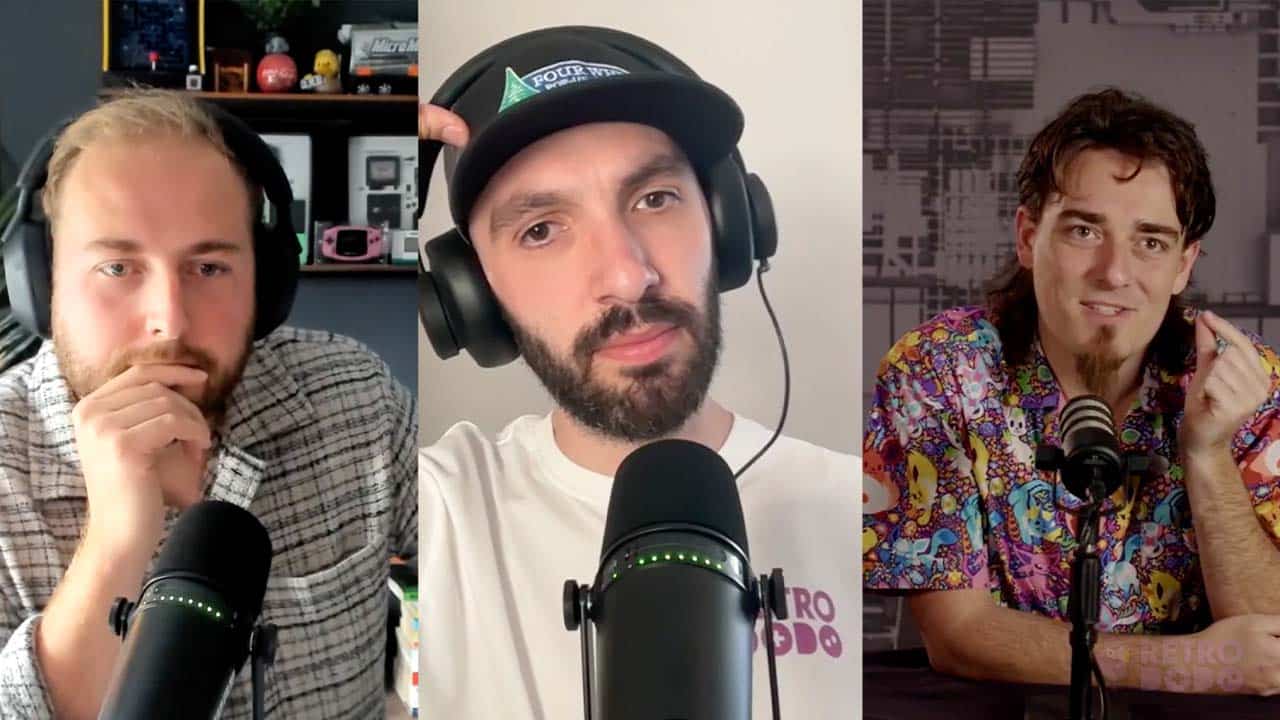
RD: Is game preservation important to you and ModRetro Palmer? What are you working on in that department?
PL: I’ve got a whole scheme. I should probably come back and talk about it another time with you guys. One of the things I’m doing is trying to build… I’m a big fan of living museums, where people are actually able to access and play all of this stuff. But I think that the power of a living museum is that people can experience games as they were. It’s so different to play a retro game on a modern LCD display with digital processing versus playing something on a CRT that was designed for a CRT, on the console it was designed for, on the handheld, or on the controller it was designed for.
PL: I’m a big fan of people experiencing the past as it was. That’s especially hard for games because it’s very easy for me to give someone, let’s say, a book from 100 years ago and have them experience it as people experienced it 100 years ago. It’s even quite easy to do it on the music side and to a lesser extent, the film side. Games, it’s very, very hard. Now, the downside of a living museum is that it degrades a lot of this stuff. You are wearing it down and you’re wearing it out. That’s especially a problem when you’re talking about things that are extremely rare. It’s especially a problem when you’re talking about letting kids deal with this stuff. Not just like, I’ll let you hold the controller gingerly for a moment, but if you’re going to allow them to be swapping cartridges and plugging it into Yankton, it’s just a risk.”
PL: So, my dream, and this might not surprise you, given that I’m a virtual reality nut and everyone knows it, one of my dreams is to try to combine the best of both worlds, to scan a lot of this stuff using extremely high resolution scanning technology to basically build a virtual living museum of retro games. So, imagine if you could have ultra-high-resolution scans of the boxes, the manuals, the collectibles, the cartridges themselves, and every variant of the cartridge. I don’t have to put six AA batteries into the Game Gear to play it.
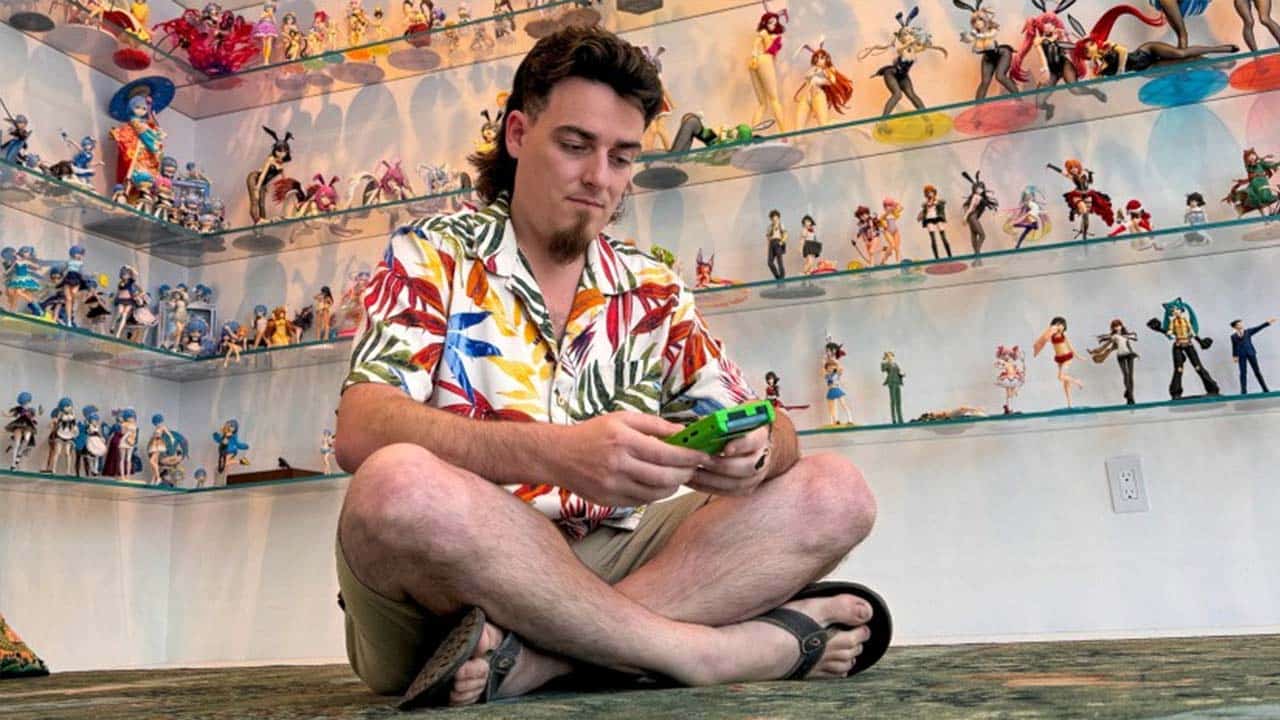
RD: We love the idea of heading back to experience the past. I mean, we base our business around nostalgia, so to be able to take a trip back to experience the past as it was is something we’d absolutely love!
PL: One of the other things I’m interested in doing is… like Embracer Group has some of these like E3 promotional materials from like old booths at E3. One of the things I would love to do is actually recreate old instances of E3. Because like… we have video footage, sometimes we have the real materials and maybe even if you couldn’t do something perfect, I feel like some mix of real scans, AI, and human touch.
RD: You could sell tickets to E3 like 20 years ago.
PL: I’ve not even thought about selling tickets! That’s the idea though. Like, how cool would it be to go to like 2000s E3 and also remember… you guys probably know this, you might even have some of them. There are a lot of these E3 prototype cartridges that have come out now and people are starting to dump all of those things. And a lot of those are just now becoming available. But like imagine this, imagine if you could go back to like E3 99, walk around the virtual E3, and then play the leaked Star Fox virtual boy prototype on a virtual boy.
Resurrecting Old Games & Exclusive Future Plans
RD: Ok Palmer, this is the point of the interview where we try and wangle a couple of exclusives out of our guests. Have you got any information that you could share with us that we could share with the community?
There’s going to be more indie games. There’s going to be more games from major studios.
RD: You’re going to be resurrecting some old ones, right?
We’re resurrecting some old ones, and some of those are games that are old games that were just popular and are very hard to buy now. They’re very crazy expensive on eBay because there’s not enough poppies.
RD: We’d love to see Spud’s Adventure; that game sells for about 800 bucks now!
PL: So we’ll see. But we’re focused on most of the things that people… We don’t just want to re-release games that are rare and expensive because they’re rare. We want to do the ones where there’s a lot of people out there who want to play them, and that’s why. We want to re-release the games that are rare because there are so many people who want them, versus rare because they didn’t make that many copies. But one of the other things we’re doing that is really cool, and we’re working with a couple of the large developers that I have a lot of old connections with from the Oculus days.
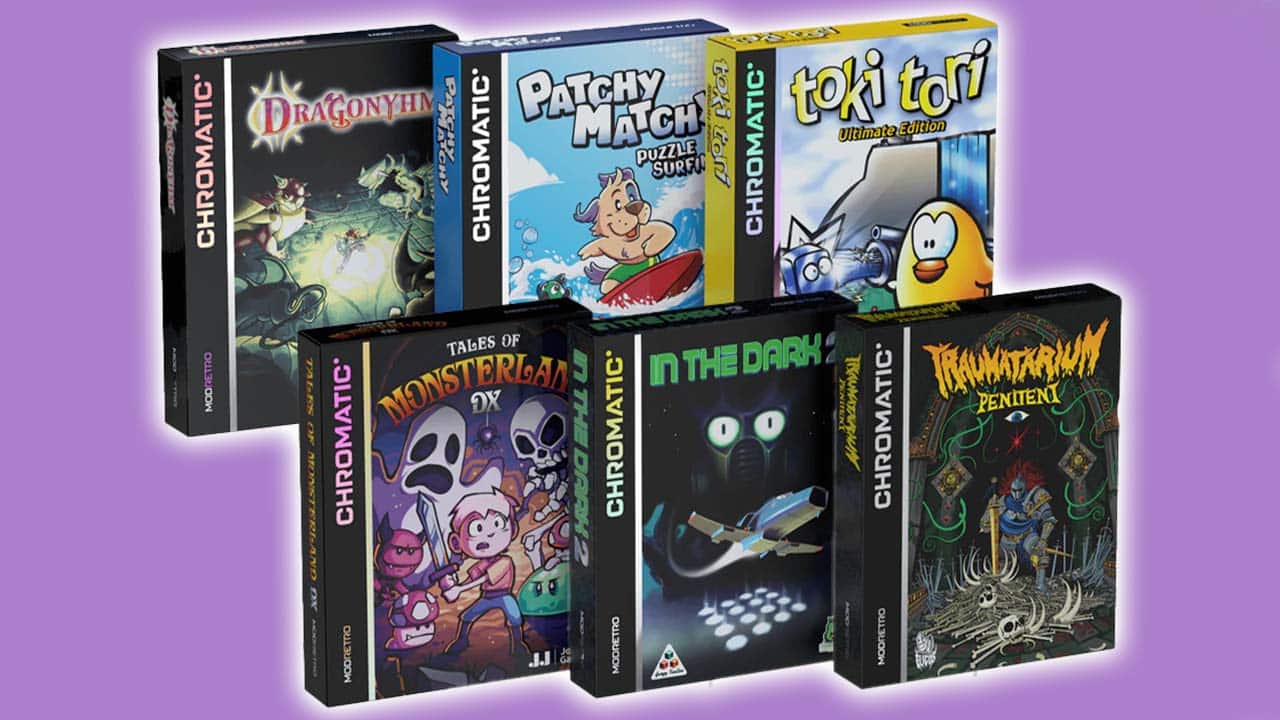
PL: We’re actually looking at re-releasing, or I guess re-first time releasing games that were never actually launched and in some cases never even announced back in the 90s and early 2000s. There’s actually some Game Boy games where they either were partially finished or even fully finished games where they didn’t launch them because, well, a variety of reasons. Sometimes like… one of these games is a game where it started development on the Game Boy Color and it was going to launch on Game Boy Color, but then they decided that it wasn’t worth launching on Game Boy Color.
PL: They were instead going to port the whole project to Game Boy Advance because the Game Boy Advance is going to be coming out in a year. They would rather launch on that and put their marketing dollars into that. They didn’t want to basically have to market it twice. So that’s one of the games where there’s another one where it’s a game that was fully completed development but then it was deemed to be too controversial and the publisher just dropped out, never published the game. So now we’re bringing some games like that. So I’m really excited to take these pieces of history where before nobody was able to play it. Now finally they’ll be part of the record.
PL: We’ve talked about, by the way, we’re not doing this, so that’s why it’s a safe example. We’ve talked about doing a Laserdisc player.
RD: Oh, cool, that sounds really interesting!
PL: And that’d be really cool. But we said, if we’re going to do this, it’s not just going to be a Laserdisc player, it is going to be the Laserdisc player. It’s going to be the thing, like the Wikipedia page is going to say, and the last Laserdisc player was the ModRetro Laser Boy, and it was noted as the pinnacle of Laserdisc technology, and it was the very best one that there ever is, and it supported every weirdo format and all the non-standard disc sizes and had built-in denoising to compensate for disc rot.
PL: Well, okay, let me ask this. Maybe we can end on this question – what do you guys want to be next? And if it’s the advance, what about the advance? because I will tell you, if I do an advance, people have said, oh, well, you know, why even? People have said, oh, you know, well, why would you do an advance? And for me, the answer is clear. It’s because it would have to be the best way to play Game Boy Advance games, right?
RD: I think that’s what we’d say. We want to buy a Game Boy Advance that we don’t ever have to buy again. Do the classic metal shell, beautiful screen, put some crystals on it, and just do what we think you’ve done with the Chromatic.
I will tell you, I talked about how the Chromatic was born of what I wanted to do, not what made sense. Like I wanted to make the ultimate Game Boy Color, because that’s what I grew up with. I will tell you, our market research, at least on the handheld side, Game Boy Advance is at the top of the list. Everyone wants it. I mean, we get emails all the time when we’ve run anonymized kind of surveys where people don’t even know what ModRetro is… like, Game Boy Advance seems to be the thing.
Thanks to Palmer for joining us on the Retrospect Podcast to talk about all things ModRetro, Oculus, product development, scanning old products for preservation, and much more. We’ve got a dedicated news article about Palmer’s Game Boy Advance plans if you want to find out more about this exclusive news, or you can check out the full podcast episode below!


